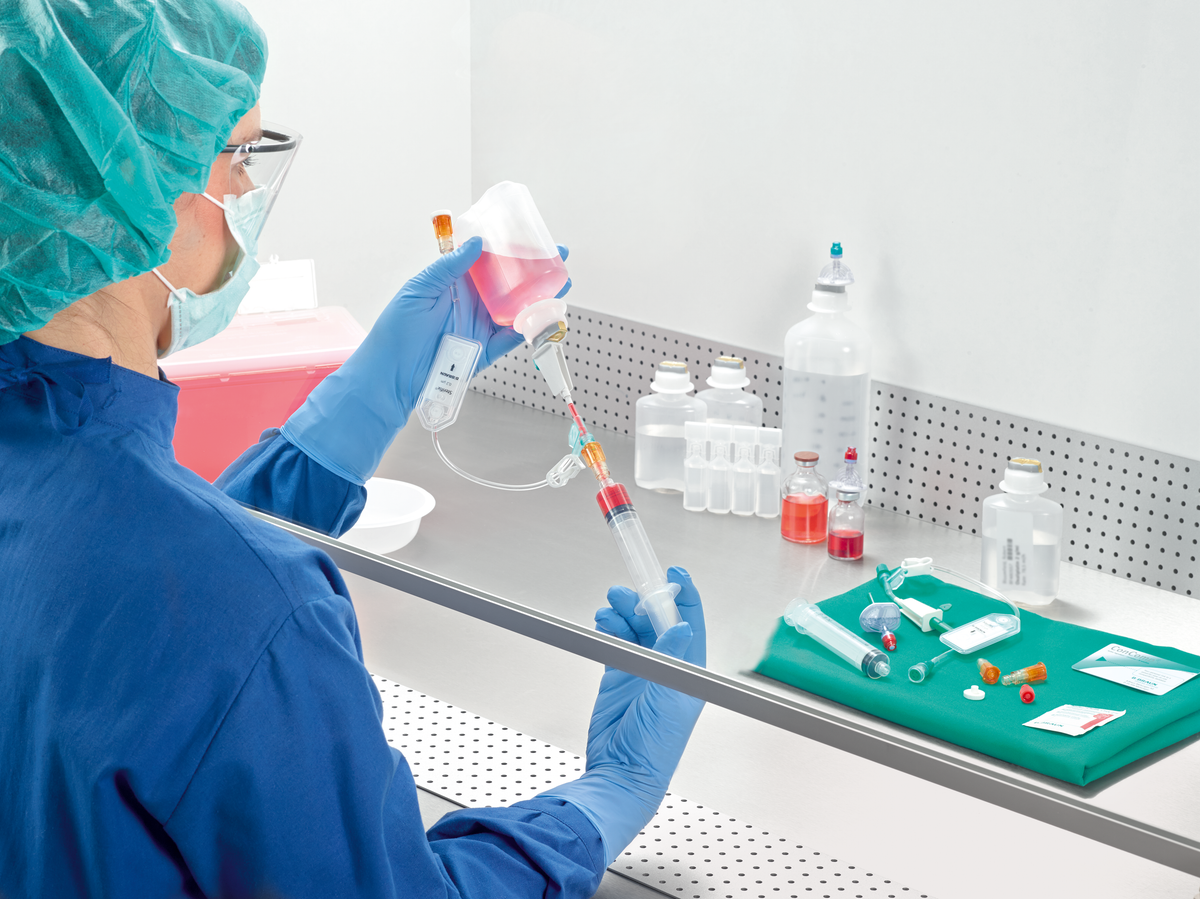Hyperglycaemia
Blood glucose increases when the body does not have enough insulin. If this level increases too quickly, you are at high risk of diabetic coma.
Signs of hyperglycaemia
- Increased thirst
- Increased urination
- Exhaustion
- Tiredness
- Weight-loss
- General weakness
- Infection
- Poor wound healing (only after a long time)
- Impaired vision (only after a long time)
Signs of the onset of coma
- Impaired consciousness
- General weakness
- Nausea
- Vomiting
- Stomach ache
- Frequently accompanied by an acetone breath odour (like nail polish or rotting apples)
- Blood glucose level in excess of 300 mg/dL (16 mmol/L) or significantly higher
How to treat hyperglycaemia
Appropriate treatment can prevent the onset of diabetic coma. Check your blood glucose levels if you notice symptoms. If they are above 250 mg/dL (14 mmol/L), test your urine for acetone. As a precautionary measure, have your doctor prescribe test strips for this!
If your urine is free of acetone, correct the blood glucose as usual 4 hours after the last insulin injection. Drink lots of water or unsweetened tea (1 litre per hour)
If your urine tests positive (+, ++ or +++) for acetone you must react. A single + indicates a beginning metabolism crash. You should immediately correct with insulin and drink lots of water. Test your blood glucose and acetone levels after 3 to 4 hours. Repeat as needed.
The crash is more pronounced with a two or three fold positive acetone indication. A diabetic coma is imminent. You should inform your doctor and relatives. It is important that you remain conscious. Immediately inject rapid-acting insulin. The dosage should be 20 % (one fifth) of your entire daily insulin requirement.
For example: Your total daily insulin requirement is 50 units (25 units of rapid-acting insulin and 25 units of basal insulin). You now need one fifth of this amount: 50 divided by 5 = 10 units. You will therefore inject 10 units rapid-acting insulin.
Drink lots of water. Test your blood glucose and urine acetone after 2 hours. If the blood glucose is still too high, and the urine notably positive (++ or +++), then you probably need insulin 1 or 2 more times. Stay in close contact with your doctor and discuss the dosage with him.
Avoid physical exertion. If there is no improvement, your metabolism must be normalized under medical supervision.
If patient is unconscious:
- Call an ambulance
- Bring the patient into the recovery position
- Clear the breathing passages (for instance by removing dentures)
- No carbohydrates should be administered
This is what relatives can/should do:
- Keep the patient conscious
- Help the patient with the required insulin dosage
- Keep offering water to drink
- Hyperglycaemia can be recognised from the acetone odour of the breathing air.


